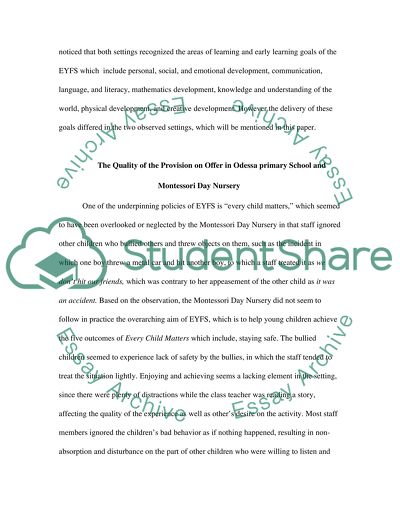Cite this document
(“The Early Years Curriculum Research Paper Example | Topics and Well Written Essays - 2500 words”, n.d.)
Retrieved from https://studentshare.org/education/1516459-the-early-years-curriculum
Retrieved from https://studentshare.org/education/1516459-the-early-years-curriculum
(The Early Years Curriculum Research Paper Example | Topics and Well Written Essays - 2500 Words)
https://studentshare.org/education/1516459-the-early-years-curriculum.
https://studentshare.org/education/1516459-the-early-years-curriculum.
“The Early Years Curriculum Research Paper Example | Topics and Well Written Essays - 2500 Words”, n.d. https://studentshare.org/education/1516459-the-early-years-curriculum.


